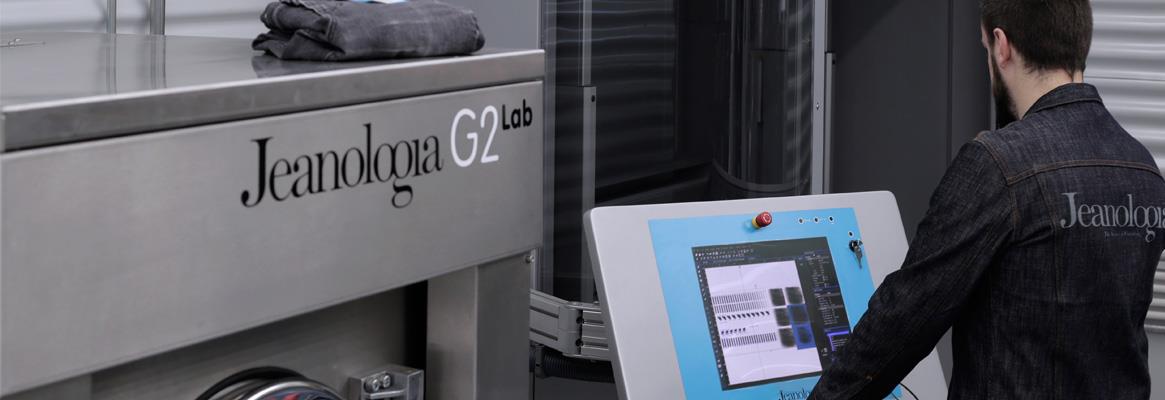The textile industry needs a completeand urgent transformation and technology is the key to do that, says
Inthe last few years, there has been a rising concern over environmental issuesin the textile industry and many companies have started taking steps towardssustainability. But sustainability is not now an option, it is a must, and isno more irrelevant. It is also a key point in customers' mind while buying aproduct.
Weare at a point where sustainability is considered the 'added value of the 21stcentury', and the textile industry must be part of it. The textile industryneeds a complete and urgent transformation and technology is the key to dothat.
Companiesmust undergo this change, moving towards sustainability and consolidating thedigital transformation that has already started, leaving behind the transitionperiod when both traditional and technological models co-existed. Companiesthat don't change will run the risk of being squeezed out of the market.
Thereare no excuses. Producing fully sustainable garments is possible now. Fromdesign to production, the positive impact of the technological processes hasthe potential to bring the textile industry into a new era-one where oldpolluting processes are replaced with technological ones, saving water andchemicals without increasing the cost of the product, reducing processing timesand taking care of workers' health.
Some companies havestarted to create a more sustainable product, but that isn't enough. Thetextile industry still has an environmental and social footprint. According tothe United Nations, the textile industry is the second most polluting industryon the planet and responsible for a fifth of the toxins that contaminate water.
Moreover, considering that 5 billion pairs of jeans are produced globally every year and a single pair uses, on an average, 70 litres of water, textile production generates an environmental footprint that is impossible to ignore.
Every drop counts in the fight against climate change. Water generates life and prosperity, and its care is essential for sustainable development. Furthermore, it plays an important role in the reduction of poverty and economic growth; so we need to increase awareness and involve everyone while reducing water footprint through technology.
Brands, retailers and consumers are focused on going green. The textile industry is part of the change, of the new way of life; it must contribute to redefine the world.
One of the greatest global challenges is to integrate environmental sustainability with economic growth. Through businesses, we can transform the world because a new way of doing business exists, one in which the final goal is not purely financial profit. In fact, there are no excuses.

Planet before profits
Another challenge is to integrate environmental sustainability without increasing costs. Companies are immersed in a full transformation, and they must maintain competitive prices and continue with products that are attractive and comfortable.
Sustainability is not expensive, but it requires capital investment. Companies will have to make an initial expense, but they have a return either in saving water, energy or chemicals. With a new technology-based production model, they can speed up time to market, reducing the lead time from months to weeks, or even days. And the most important, they can produce what sells instead of selling what is produced.
Sustainable firms are more attractive to investors and talented professionals. A mindset is needed to enforce the change. But it's not about asking how to change; it is about asking about the reason for doing that. Those who start before will have a competitive edge over the rest. Consumers will slowly refuse to buy brands that don't put the planet
before profits. Today, 7 per cent of consumers is not willing to buy a garment that pollutes the planet. Ten years ago, only 1 per cent was willing to pay a little more for a sustainable garment.
A road map towards sustainability
Companies must establish a road map, marking the steps to follow in the process of transformation towards sustainable production. Four phases are involved in the process.
The first is to carry out actions totally disconnected from each other, but that each one serves to reduce the ecological footprint. The second is the strategy. The third phase warrants less contamination during transport and producing closer to the consumer, and in the fourth, the company enters a circular economy.
United to achieve the same goal
At the UN Climate Change Conference in Madrid last December, European Commission President Ursula von der Leyen said the textile industry has to waste less and recycle more. "Our goal is to reconcile the economy with our planet, to reconcile the way we produce, the way we consume with our planet," she said.
So we all must start the change. We all have a role to play. The digital transformation is revolutionising countless areas of our lives and the consumption of textile products is no exception.
The transformation needs to be done by bringing together all industry stakeholders. Getting started on the road to sustainability helps create a virtuous circle and is the first step to achieve the detoxification of the textile industry.











Comments